Introduction
If you're a dog parent who's ever come home to chewed-up shoes, scratched doors, or a very stressed-out pup, you might be dealing with separation anxiety. It's a common issue that affects many dogs, and it can be heartbreaking to see your furry friend struggle every time you leave the house. But don't worry—there are ways you can help your dog feel more secure and comfortable when you're not around. In this article, we'll go over three effective strategies to help your dog overcome separation anxiety, all while keeping things simple and manageable for you.
Signs Your Dog Might Have Separation Anxiety

Before diving into how to help, it’s important to know if your dog is really dealing with separation anxiety. Dogs show their anxiety in different ways, so keep an eye out for some of these common signs:
-
Behavioral Symptoms: Does your dog start to whine, bark excessively, or pace around the house when they sense you're about to leave? These are classic signs of separation anxiety. Other behaviors include destroying furniture or doors and having accidents inside the house, even if they’re house-trained.
-
Physical Signs: Some dogs might drool excessively, pant, or even tremble when they’re anxious. If your dog shows these signs only when you’re getting ready to leave, it’s likely due to anxiety.
-
Boredom vs. Anxiety: It’s important to distinguish between a bored dog and an anxious one. A bored dog might chew things up because they have too much energy, while an anxious dog does it out of stress. If the destructive behavior only happens when you’re away, anxiety might be the cause.
1. Establish a Consistent Routine
One of the best ways to help your dog feel more secure is by setting up a consistent routine. Dogs thrive on predictability, and knowing what to expect can greatly reduce their anxiety.
-
The Importance of a Regular Schedule: Just like humans, dogs find comfort in routine. Feeding them, taking them for walks, and even leaving for work at the same time each day can help them understand that your departure is normal and that you’ll always come back.
-
Creating a Predictable Environment: Try to keep things as consistent as possible. If your dog knows what’s coming next, they’re less likely to feel anxious about it. This might include set times for meals, walks, and even playtime.
-
How Routines Can Reduce Anxiety: When your dog can predict your schedule, they’ll learn to expect that you’ll return, making your absences less stressful. Over time, this consistency can help to ease their anxiety.
-
Tips for Sticking to a Routine Even on Busy Days: Life can get hectic, but try to stick to your dog’s routine as much as possible. If you know you’ll be out later than usual, consider having a trusted friend or neighbor pop in to check on your dog, keeping their routine as close to normal as possible.
2. Gradually Increase Time Apart
Helping your dog get used to being alone takes time, and you’ll need to build up their tolerance gradually. This method is often referred to as “desensitization.”
-
Starting with Short Absences: Begin by leaving your dog alone for just a few minutes. Step out of the room or out of the house for a short time, then gradually increase the duration as your dog becomes more comfortable.
-
How to Build Up to Longer Times Away: Slowly extend the amount of time you’re gone. Start with five minutes, then ten, and so on. If your dog stays calm, you can increase the duration of your absences.
-
Using Positive Reinforcement During Practice: Reward your dog when they stay calm during your short departures. Treats, praise, and affection can reinforce their good behavior and help them associate your leaving with something positive.
-
Why Patience Is Key in This Process: It’s crucial to go at your dog’s pace. If you push them too fast, it could worsen their anxiety. Be patient, and understand that this process can take weeks or even months, depending on your dog’s level of anxiety.
3. Create a Safe and Comfortable Space
Another way to ease your dog’s separation anxiety is by giving them a safe, comfortable space where they can relax when you’re not home.
-
Designing a Cozy Spot for Your Dog: Choose a quiet area of your home where your dog can retreat. This could be a corner of your living room or a special spot in your bedroom. Make sure it’s a place where they feel safe and comfortable.
-
Incorporating Calming Aids and Toys: Adding items like calming beds, anxiety wraps, or toys that they love can make their space even more inviting. Interactive toys or treat-dispensing puzzles can keep them occupied and distract them from your absence.
-
The Role of Familiar Scents and Sounds: Leaving a piece of clothing that smells like you in their space can provide comfort. Some dog parents also find that leaving on the radio or a white noise machine helps to soothe their dogs when they’re alone.
-
How to Make Their Space a Positive Place: Spend time with your dog in their designated space when you’re home. Play with them there, give them treats, and make it a happy place. This way, they’ll associate it with positive experiences, not just with being alone.
Bonus Tips for Managing Separation Anxiety

While the above strategies are key, there are a few additional things you can do to help your dog cope with separation anxiety:
-
Consider Using Calming Music or White Noise: Some dog parents find that playing soft music or leaving a white noise machine on can help keep their dog calm when they’re away.
-
The Benefits of Dog Puzzles and Interactive Toys: These can keep your dog’s mind occupied, reducing their focus on your absence. Puzzles that dispense treats can be particularly effective.
-
Consulting with a Professional Dog Trainer or Veterinarian: If your dog’s anxiety is severe, don’t hesitate to seek professional help. A trainer or vet can provide additional guidance and may recommend behavior modification techniques or even medication if necessary.
Common Mistakes to Avoid
As you work on helping your dog overcome their anxiety, be mindful of these common mistakes:
-
Not Punishing Anxious Behaviors: Never punish your dog for behaviors caused by anxiety. They’re not being naughty—they’re scared. Punishment can make the anxiety worse.
-
Avoiding Over-Attachment: While it’s important to give your dog love and attention, try not to make your comings and goings a big deal. If you fuss over them too much before leaving or when you return, it can heighten their anxiety.
-
The Pitfalls of Sudden Changes in Routine: Consistency is key. Try to avoid making sudden changes to your dog’s routine, as this can increase their stress levels.
Conclusion
Helping your dog overcome separation anxiety takes time, patience, and a lot of love. By establishing a consistent routine, gradually increasing their time alone, and creating a safe, comfortable space for them, you can help your furry friend feel more secure when you’re not around. Remember, it’s a process, and progress might be slow—but every little step counts. With your support, your dog can learn to cope with being alone and live a happier, more relaxed life.
FAQs
How long does it take to see improvement in my dog's anxiety?
It varies by dog, but with consistent effort, you may start seeing improvements within a few weeks to a few months.
Can I leave my dog alone with a sitter while I'm working on their anxiety?
Yes, a sitter can help, especially if your dog isn’t ready for long periods alone. Just make sure the sitter follows your established routine.
Are there specific breeds more prone to separation anxiety?
While any dog can develop separation anxiety, breeds that are highly social or bred to work closely with humans, like Labradors or Border Collies, may be more susceptible.
What should I do if my dog’s anxiety worsens?
If your dog’s anxiety seems to be getting worse, it’s a good idea to consult with a vet or professional trainer for additional support.
Is it safe to use calming treats or supplements?


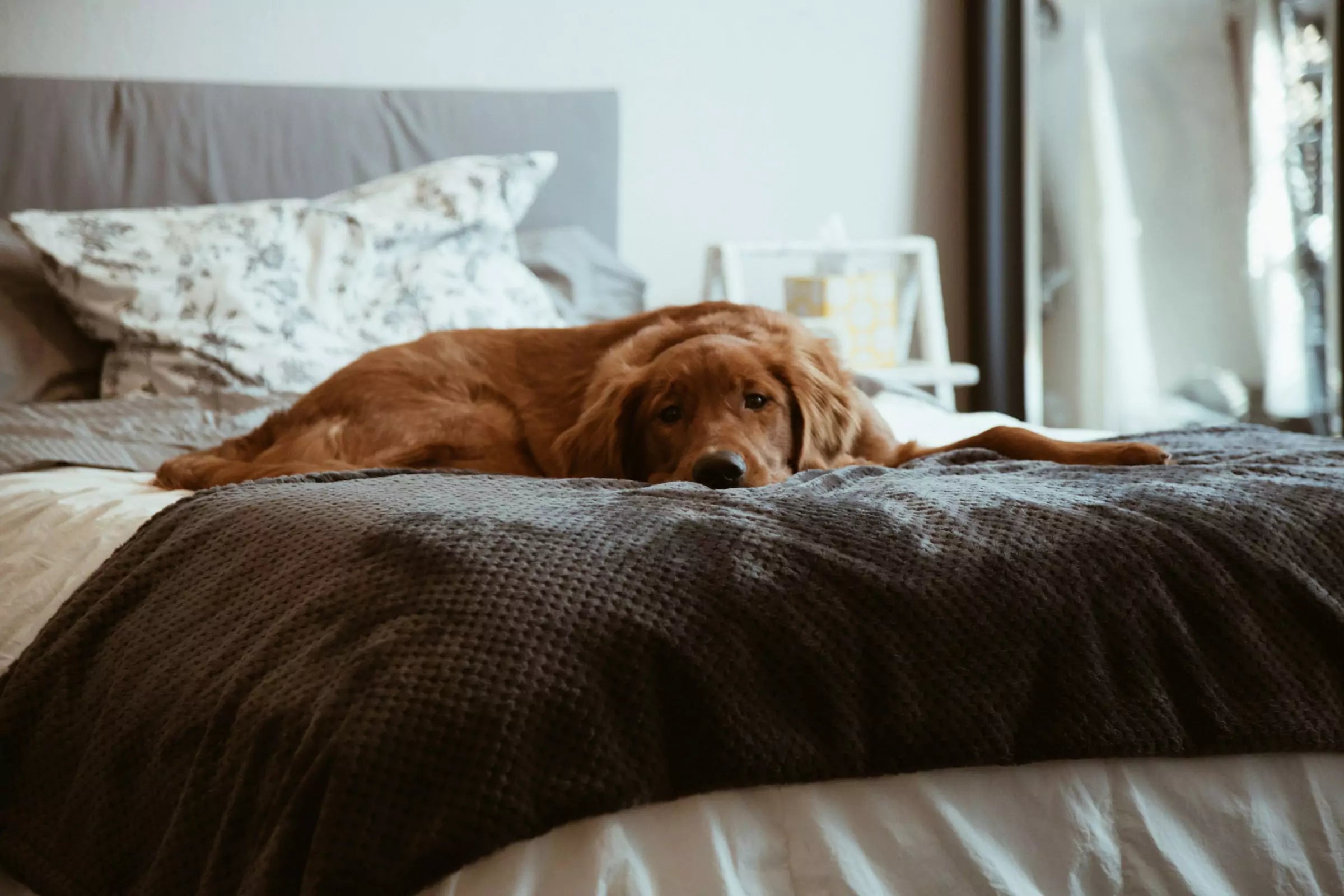
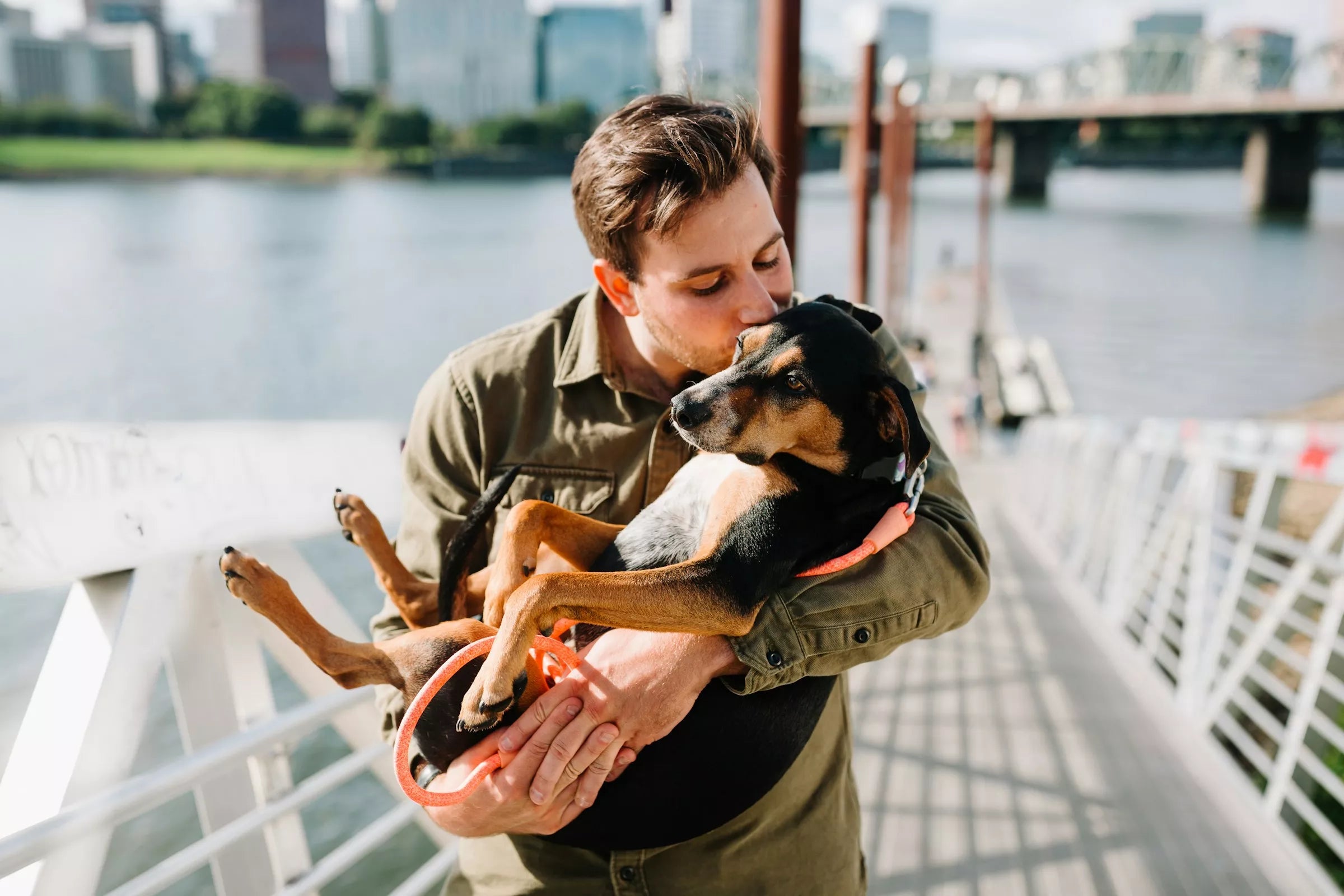
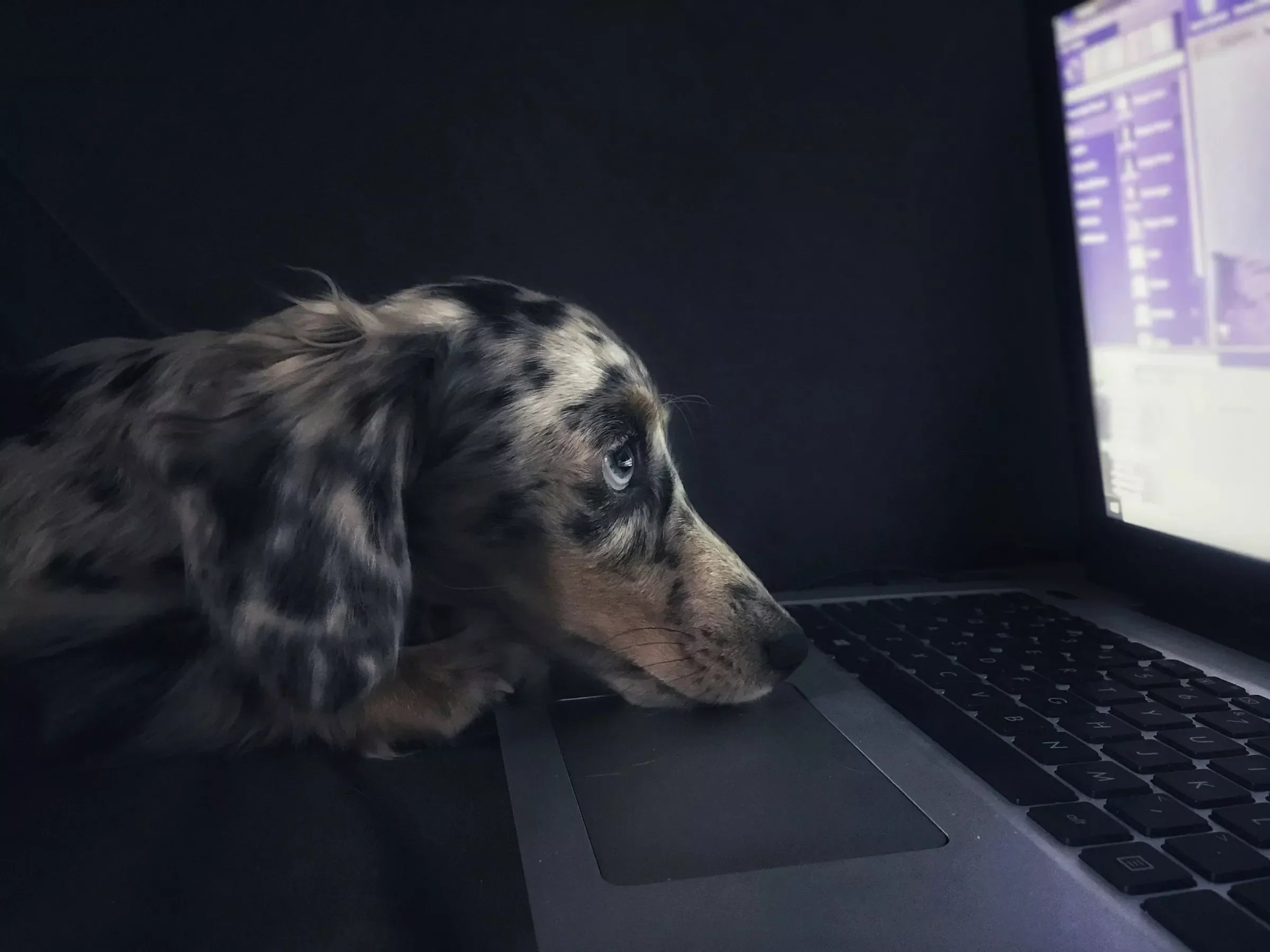

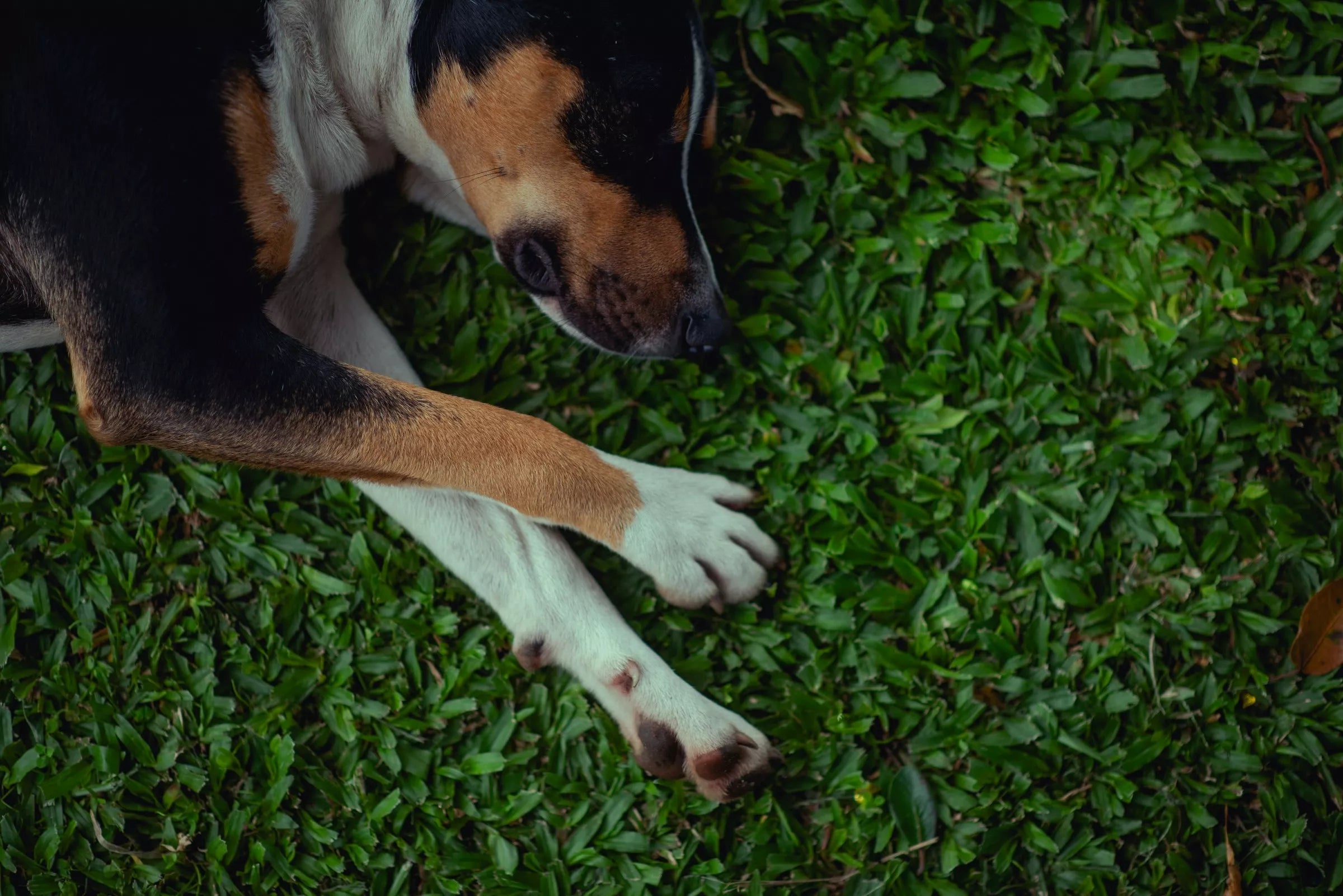
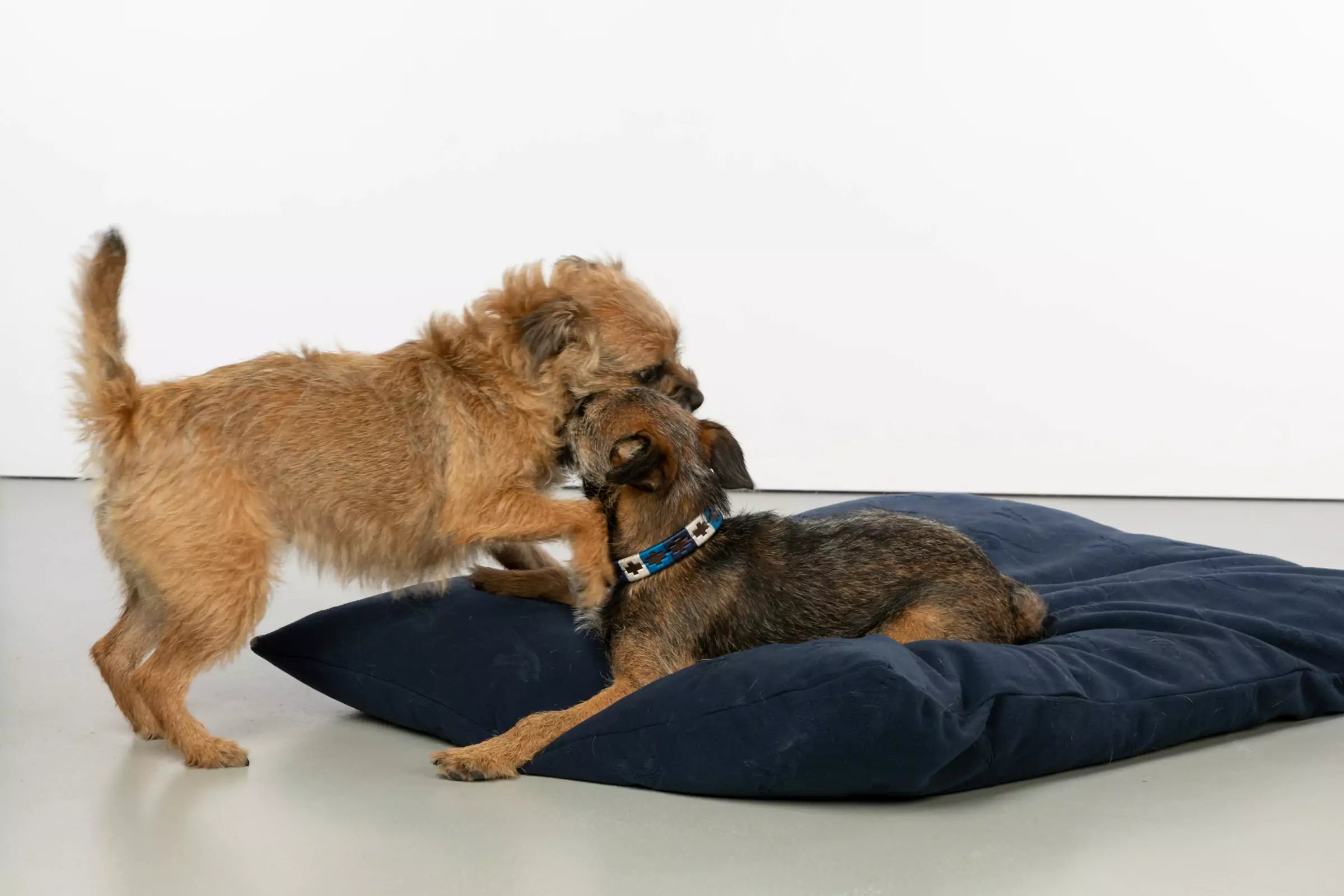
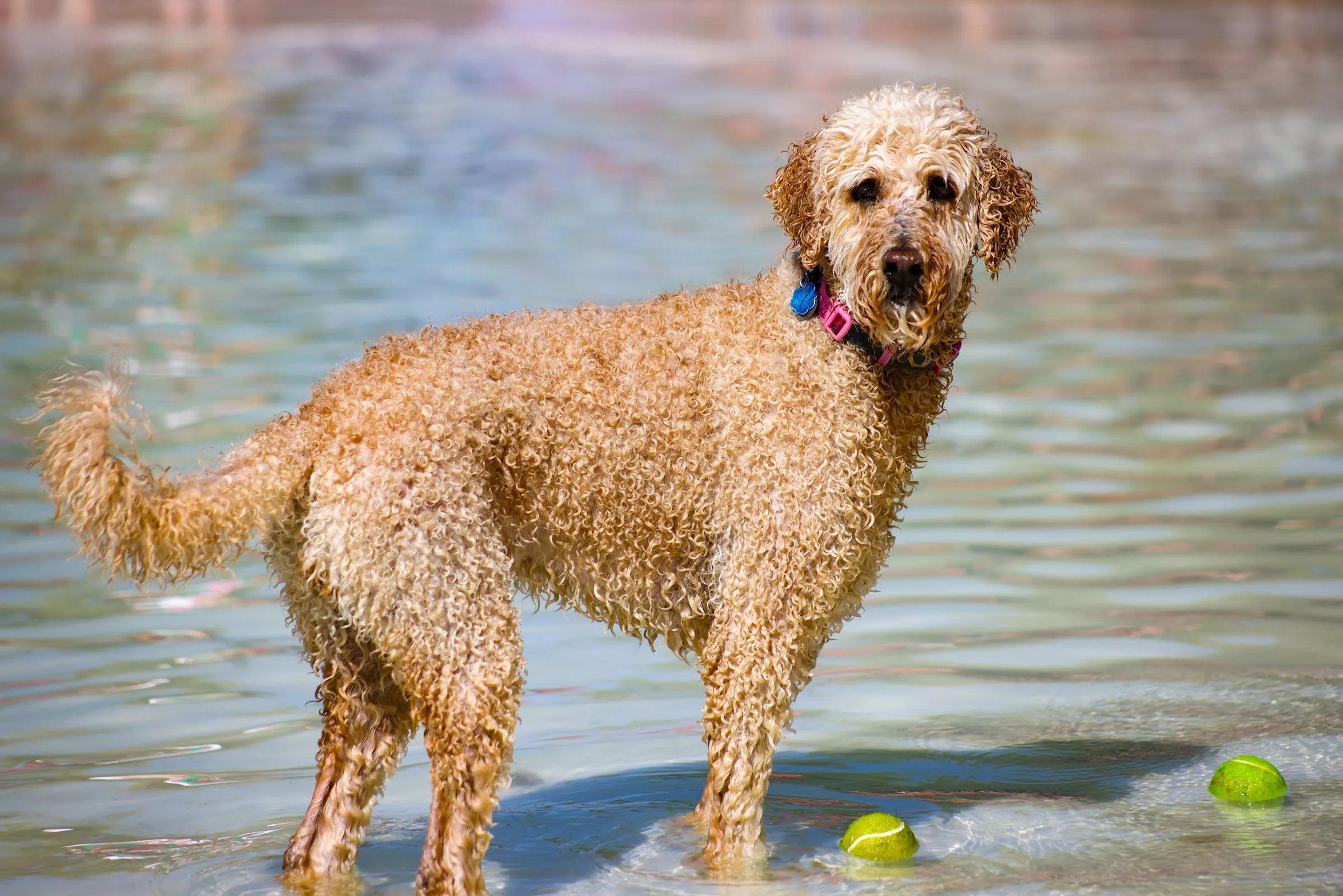






Share:
Dog Breeds That Are Great for First-Time Parents
5 Ways to Help Your Dog Adjust to a New Home